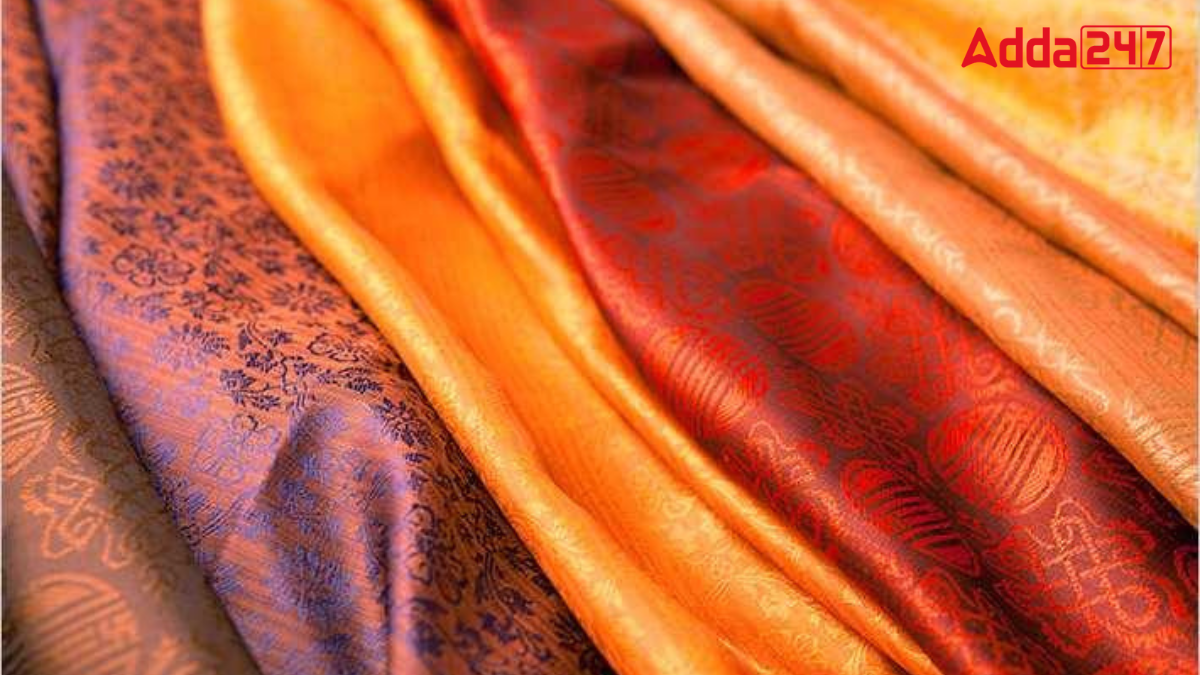Silk is a luxurious and highly sought-after textile, renowned for its softness and sheen. The production of silk has a rich history, and today, it remains a significant industry in various parts of the world. Among these, China stands out as the largest producer of silk globally. This article explores China’s dominance in silk production, the methods used, and the impact of this industry.
Worldwide Silk Production
Global raw silk production exceeds 177,026 metric tons annually. China dominates this market, contributing around 70% of the world’s silk. The production process involves sericulture, where silkworms are raised for their cocoons, which are then processed into silk threads. This large-scale production supports a significant portion of the global textile industry and drives substantial economic activity in silk-producing countries.
Largest Silk Producer in the World
China stands unparalleled as the largest silk producer globally, churning out a staggering 46,700 metric tonnes of silk annually. This dominance is not just a modern phenomenon but a reflection of a deep-rooted tradition spanning thousands of years. In China, silk production is a harmonious blend of ancient techniques and modern advancements, making it a symbol of both historical heritage and contemporary innovation.
China’s Dominance in Silk Production
China’s dominance in silk production is unmatched. The country accounts for approximately 70% of the world’s total silk production. Several factors contribute to China’s leading position in the industry:
- Ideal Climate: China’s diverse climate, with its warm and humid regions, is good for sericulture. The regions of Zhejiang, Jiangsu, and Sichuan are particularly known for their silk farms.
- Traditional Techniques: China has preserved traditional sericulture techniques, passed down through generations. These methods ensure high-quality silk production.
- Advanced Technology: Modern advancements in technology have enhanced silk production processes which improves the quality of silk. Automated machinery and genetic improvements in silkworms contribute to higher yields.
Major Silk Producing Regions in China
China’s silk production is concentrated in several key provinces:
- Zhejiang: Known for its historical silk industry, Zhejiang produces a significant portion of China’s silk. The city of Hangzhou is particularly famous for its silk.
- Jiangsu: This province is another major player in silk production, with a strong presence in both traditional and modern sericulture practices.
- Sichuan: Sichuan contributes significantly to China’s silk production, leveraging its favorable climate and fertile lands.
Process of Silk Production
The production of silk involves several stages:
- Sericulture: Silkworms are raised in controlled environments. They feed on mulberry leaves, which are crucial for their growth and the quality of the silk.
- Harvesting: Once the silkworms spin their cocoons, they are harvested. The silk threads are carefully extracted from the cocoons.
- Processing: The extracted silk threads are then cleaned, dyed, and woven into fabrics. This process involves several stages to ensure the silk meets quality standards.
Economic Impact
Silk production is a vital part of China’s economy. It supports millions of jobs in sericulture, processing, and textile industries. The industry also contributes significantly to export revenue, with Chinese silk being highly valued in international markets.




 World’s 10 Richest Families in 2025: Top...
World’s 10 Richest Families in 2025: Top...
 Which is the Oldest Rainforest on the Ea...
Which is the Oldest Rainforest on the Ea...
 Narpuh Wildlife Sanctuary: Conservation ...
Narpuh Wildlife Sanctuary: Conservation ...







